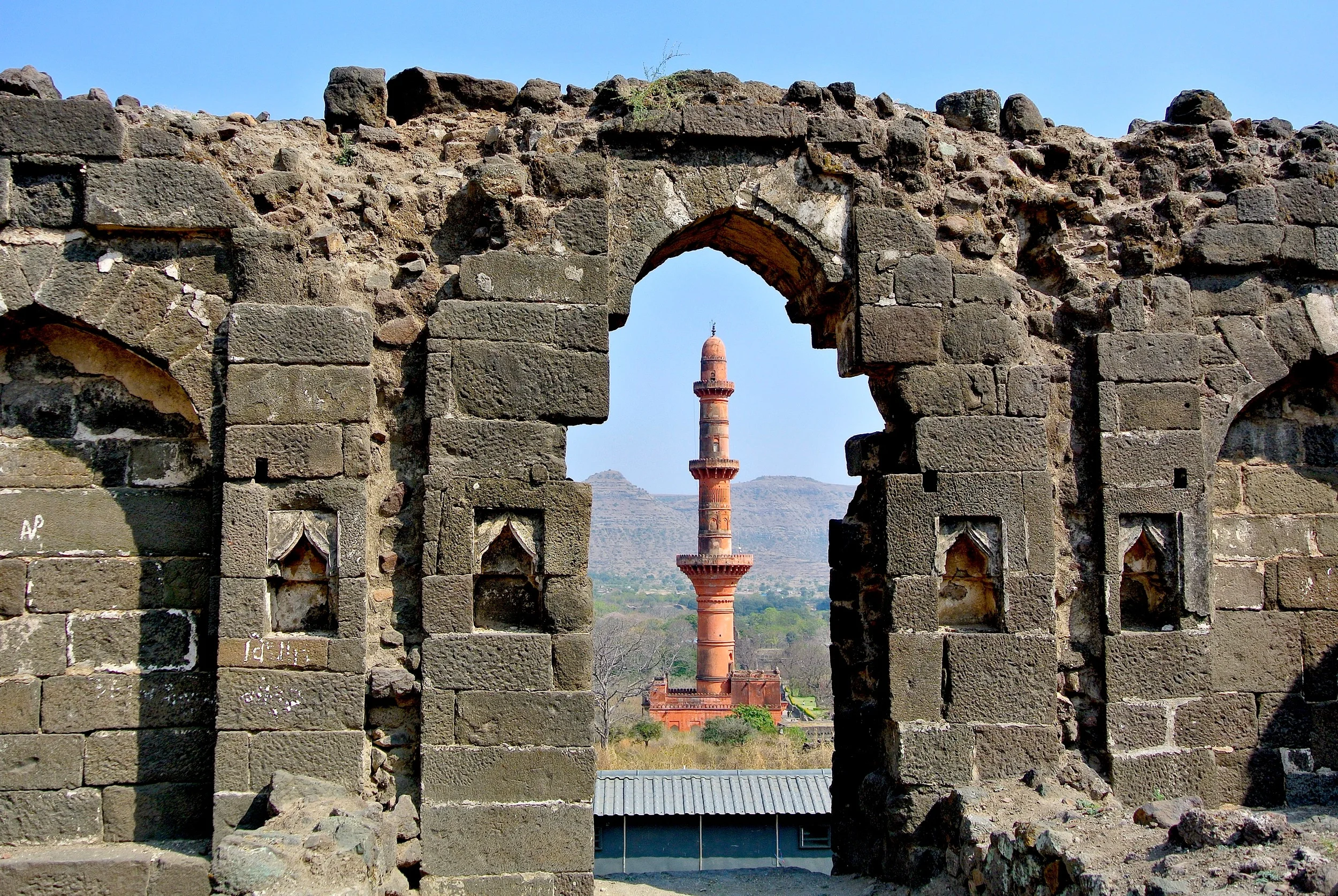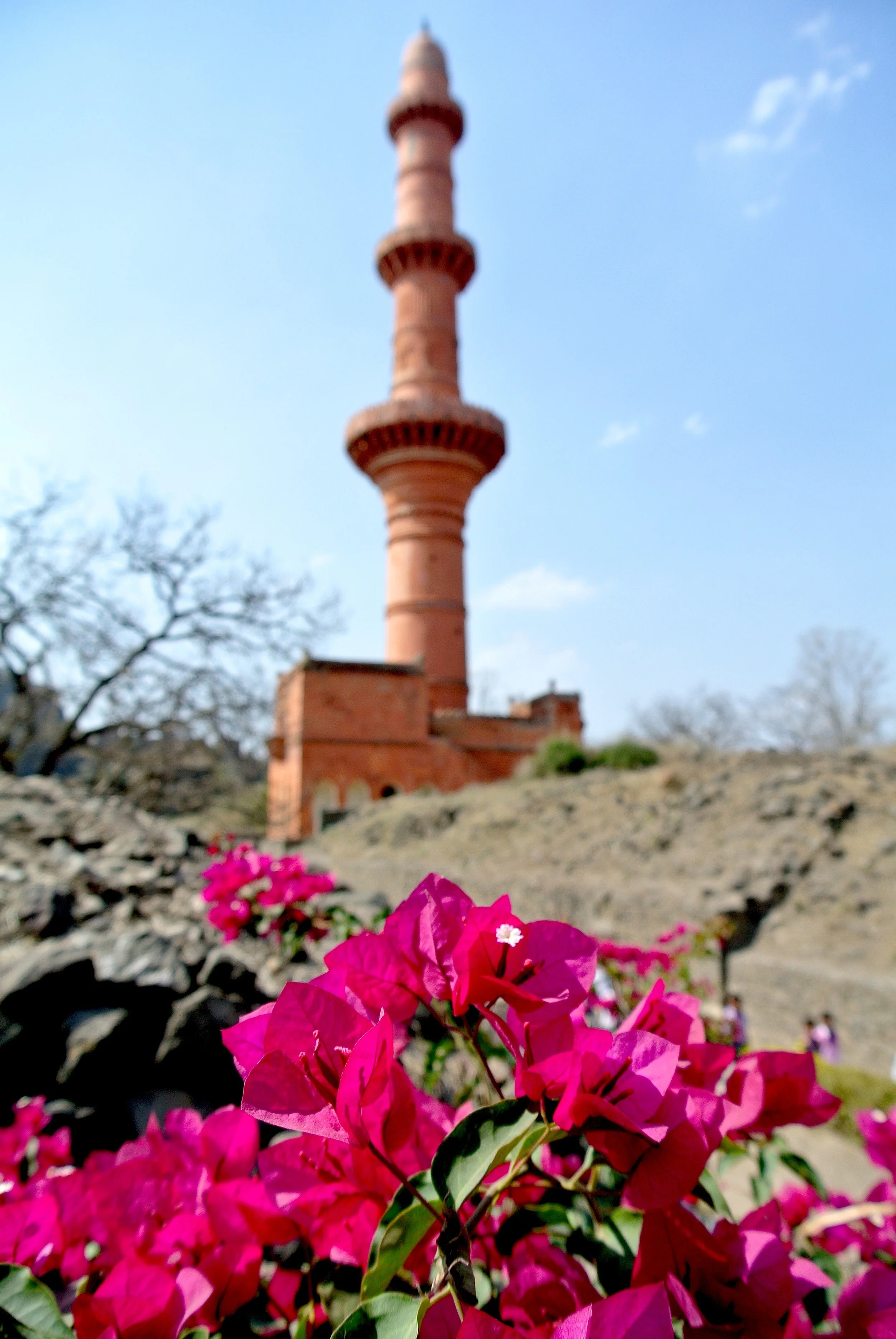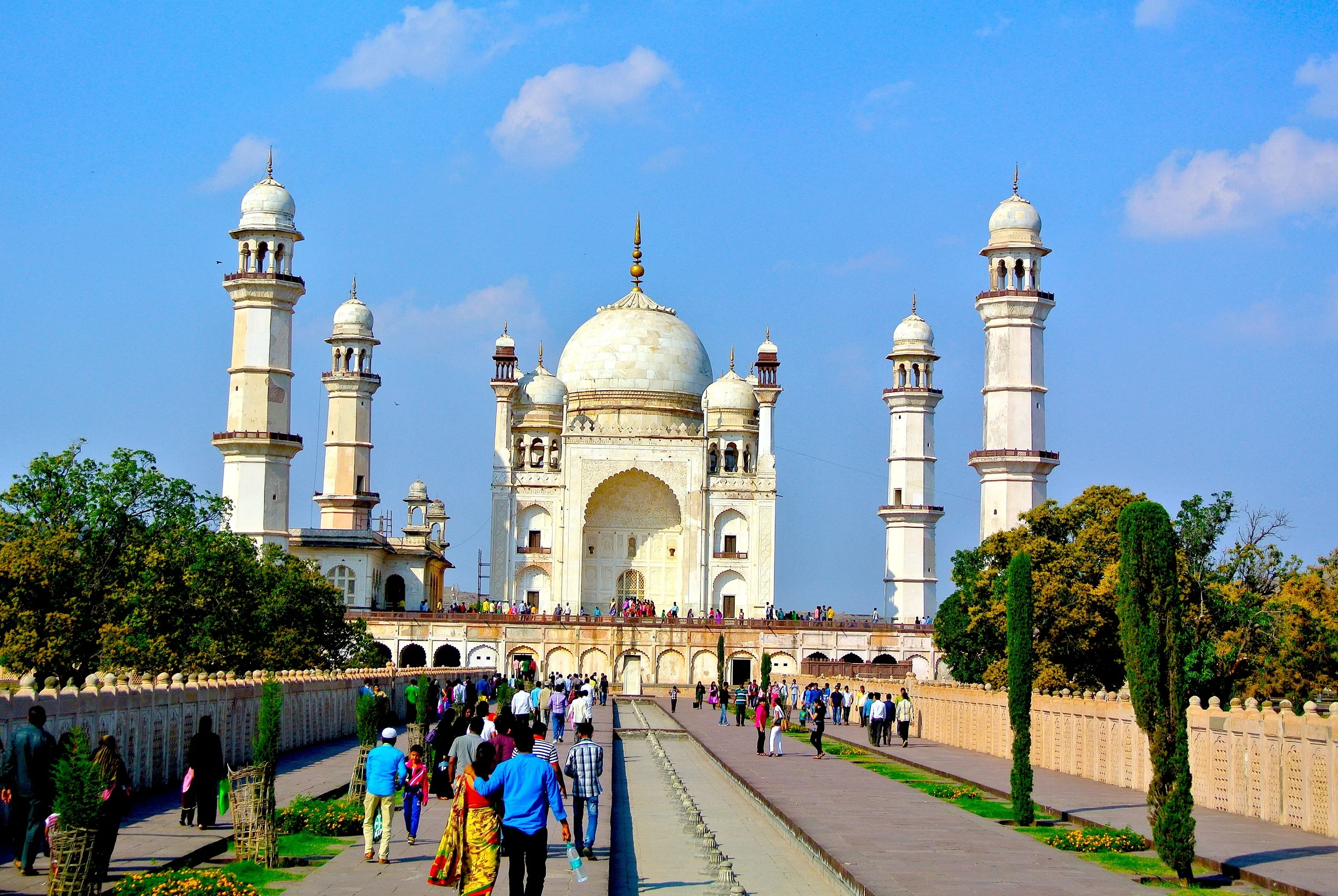The ruins of Daulatabad, India
A creepy day trip from Aurangabad you can pair with the Ellora Caves.
It’s easy to imagine this city as cursed — and as something that sprang from the demented but brilliant mind of George R.R. Martin, the man behind Game of Thrones.
In 1327, Mohammed bin Tughlaq (sultan from 1325 to 1351) marched the entire population of Delhi to the more central Deogiri, making it the new capital and renaming it Daulatabad, the City of Fortune.
“He darted through, sure he’d end up with bats clawing at his hair and face.”
The people of Delhi protested, but nobody was allowed to stay — not even a cat or dog. According to Ibn Batuta, a medieval Berber Muslim traveler and scholar, “A search was made and a blind man and a cripple man were found. The cripple man was put to death while the blind man was tied with the tail of horse and was dragged to Daulatabad where only his one leg reached.”
The journey covered about 775 miles, and many people died along the way in the brutal heat.
Daulatabad should perhaps have been named the City of Misfortune, for it was abandoned after two years due to lack of water.
After exploring the Ellora Caves, our driver took us on to the fort. He dropped us off in a crowded dirt parking lot that sat outside the medieval fortified walls of the Daulatabad Fort.
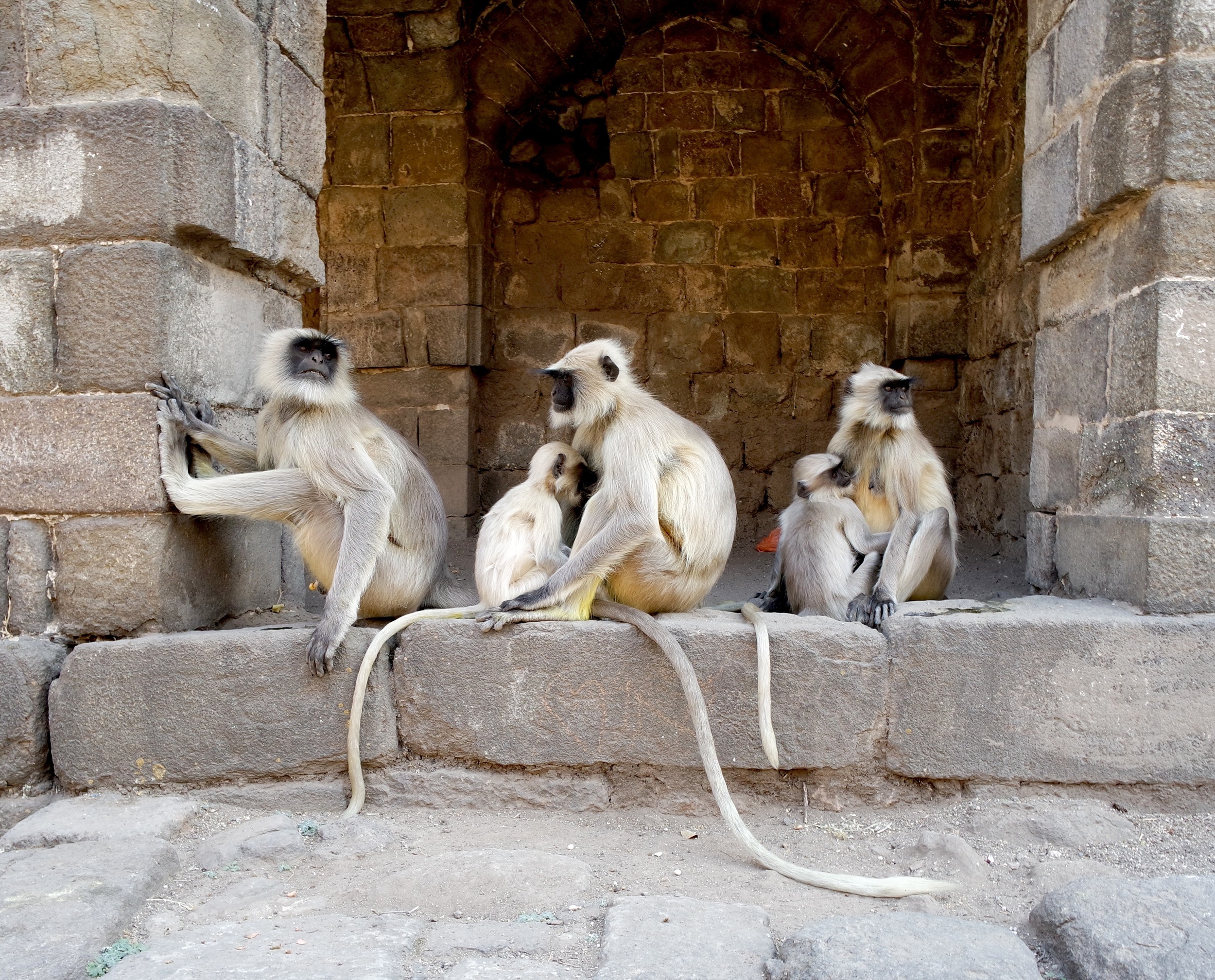
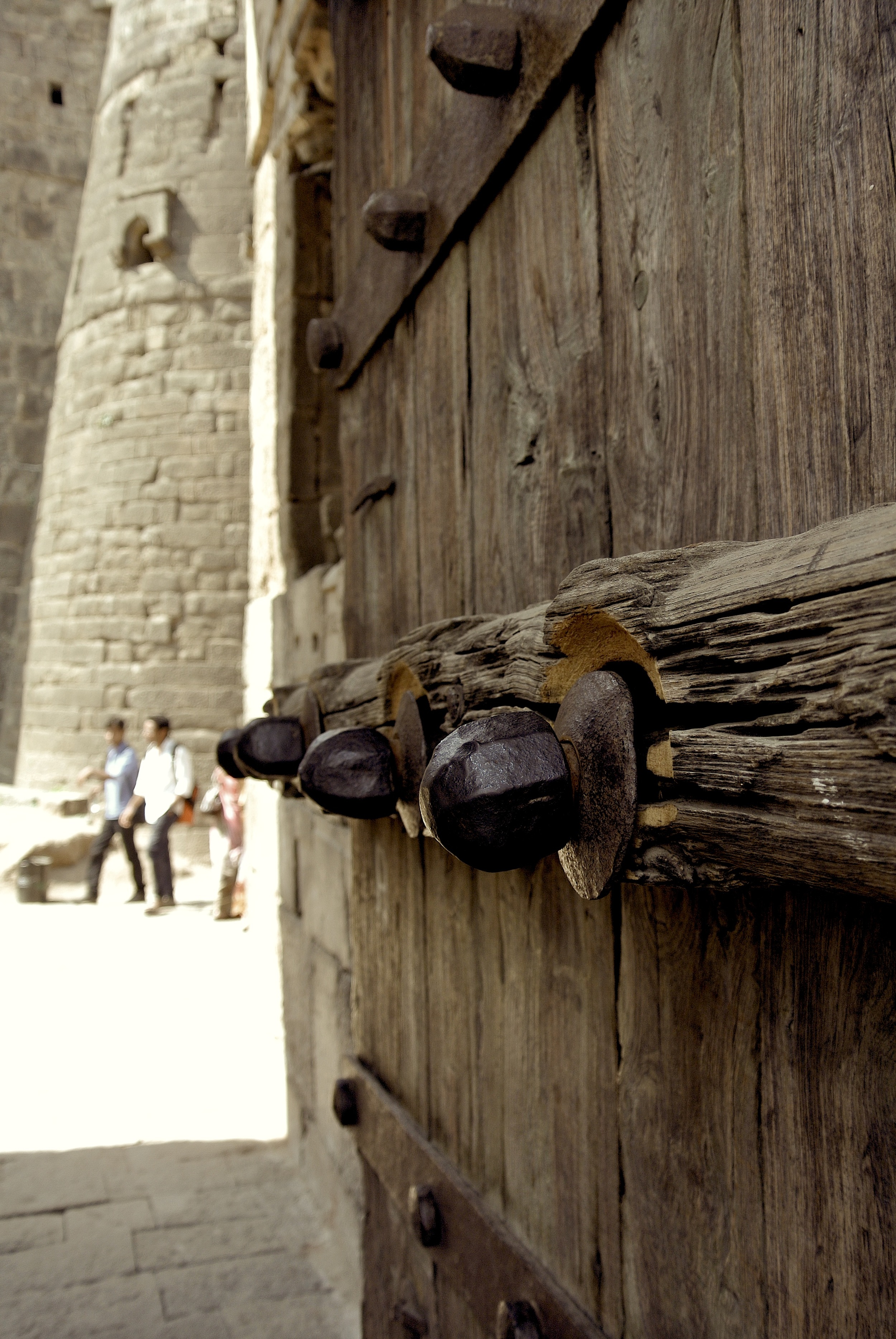
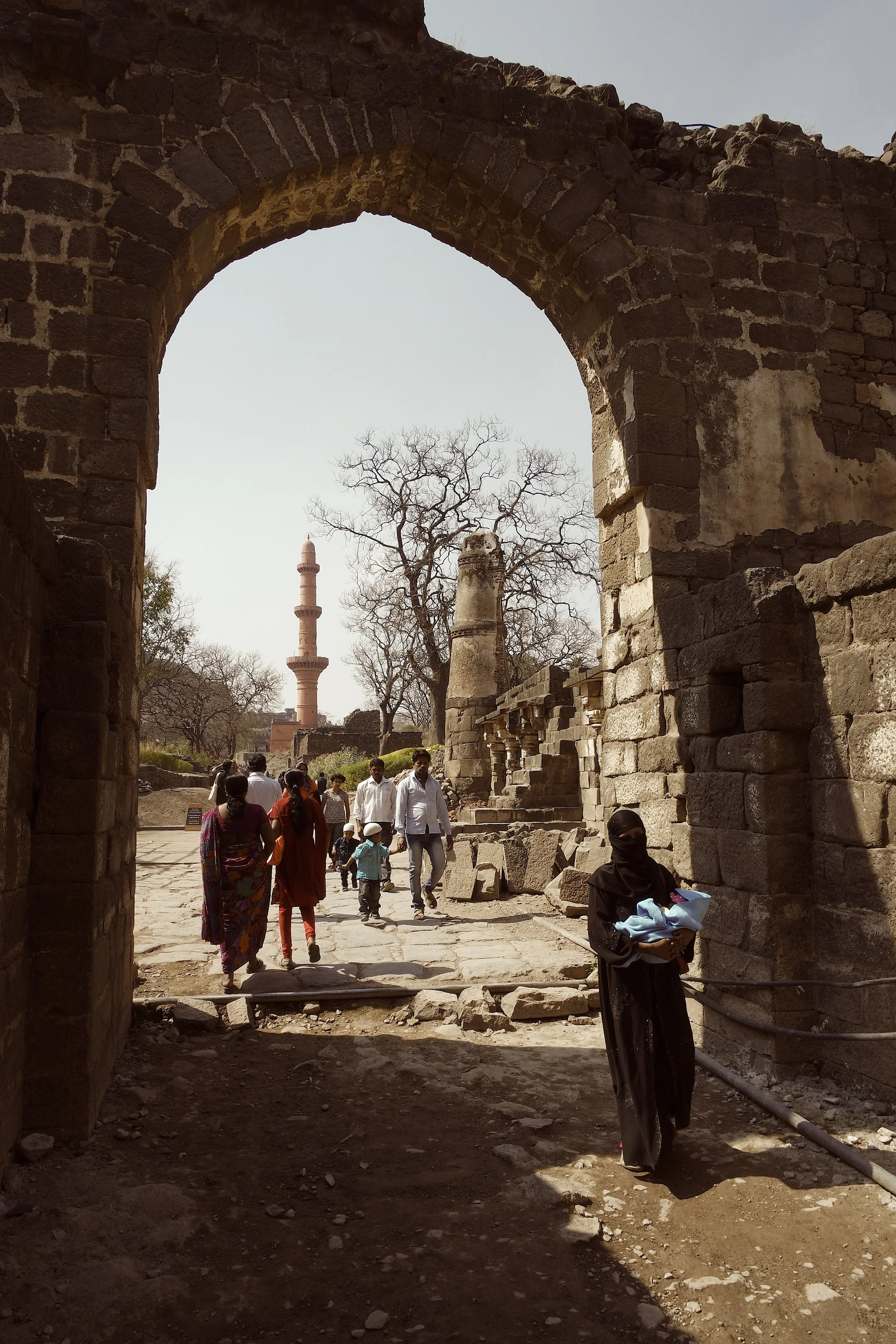
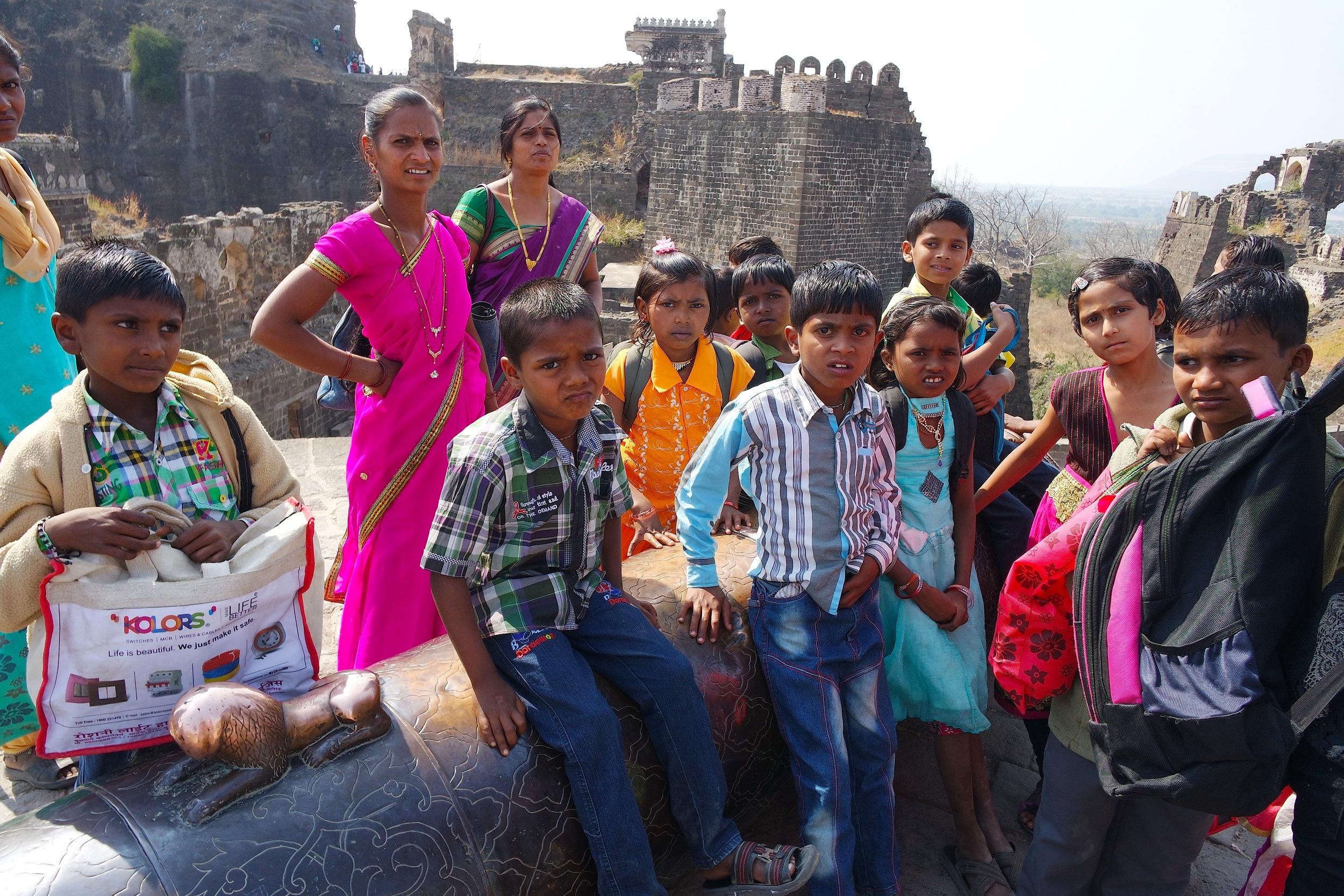
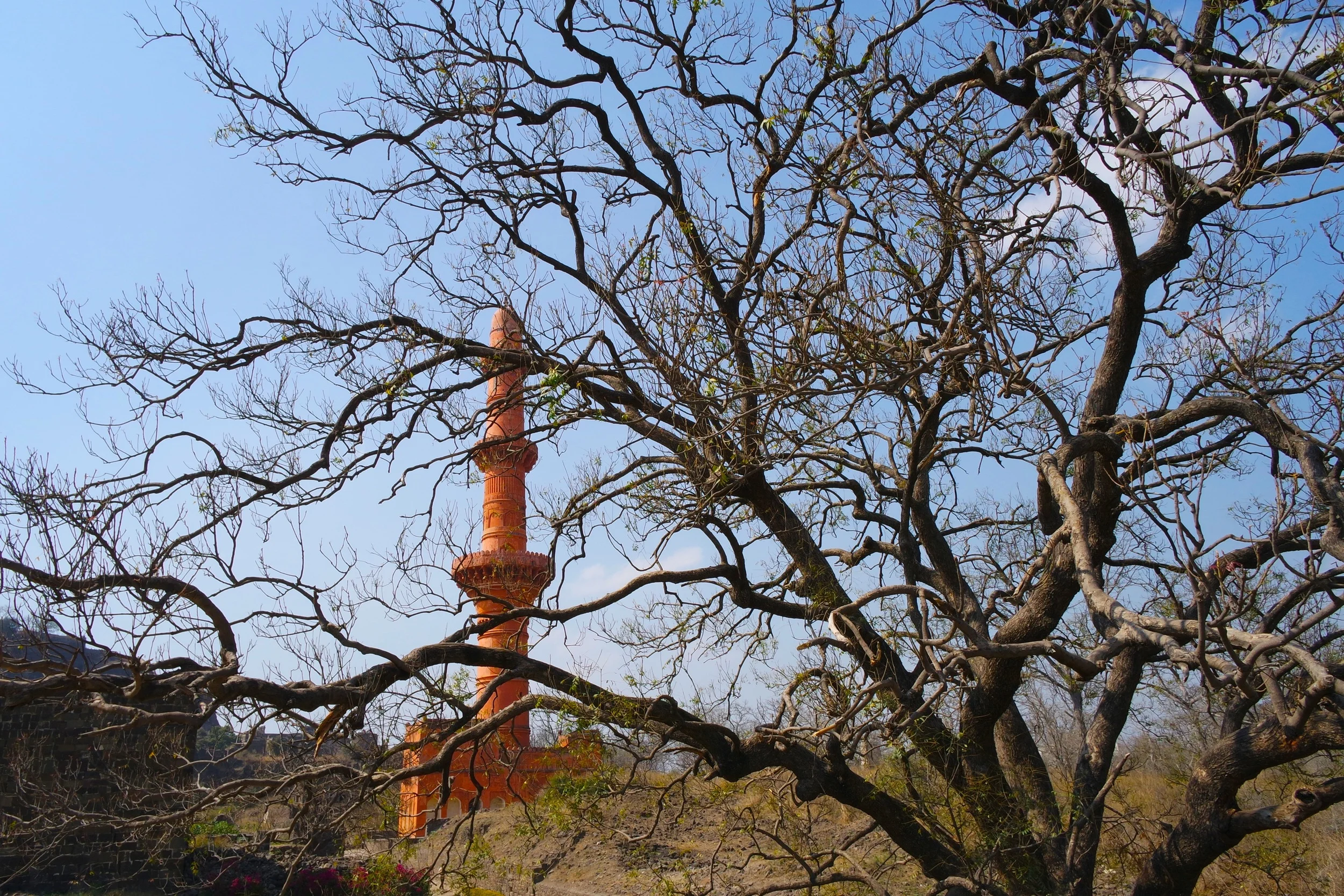

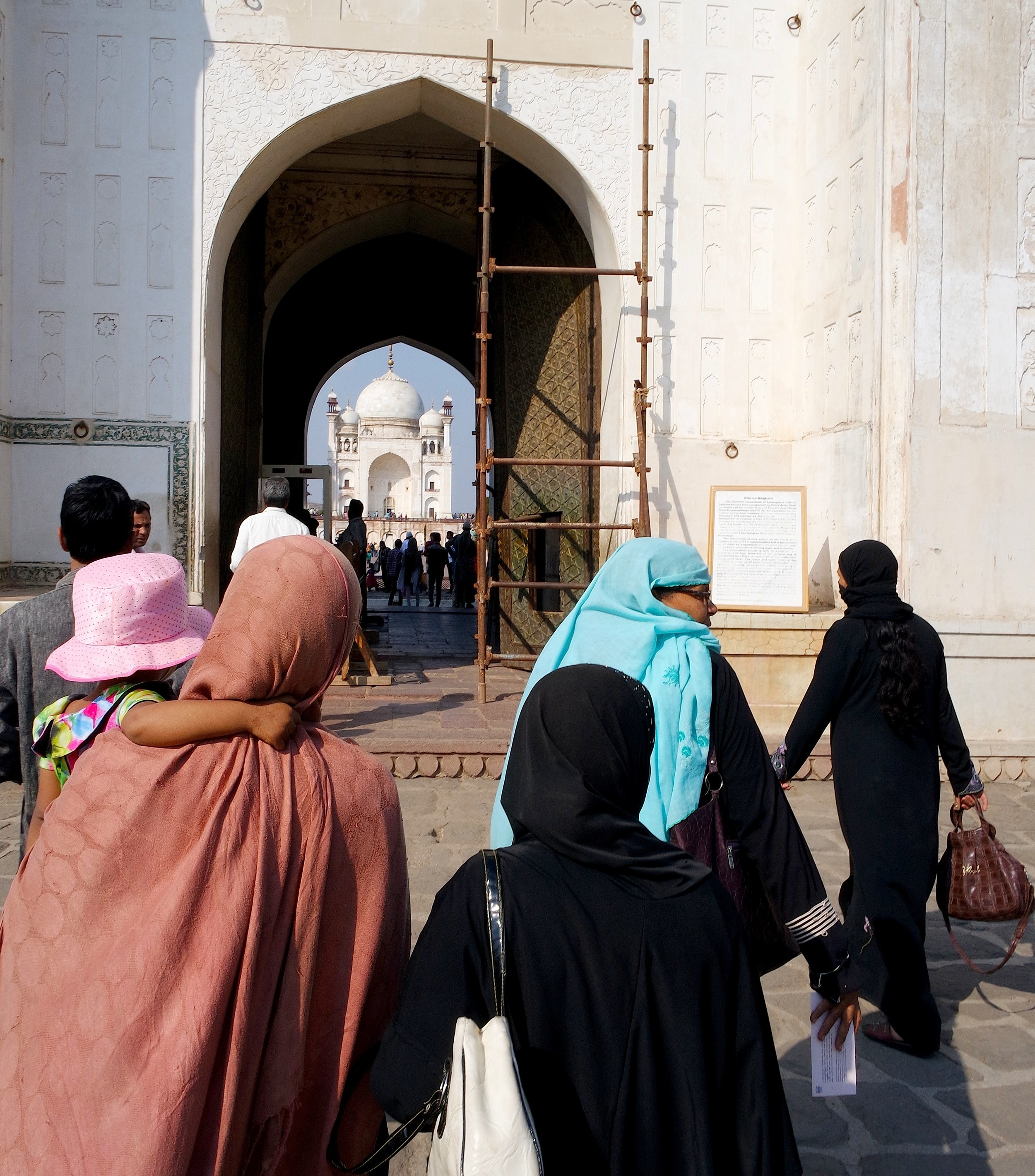
We entered the outer defenses through a pair of huge wooden doors covered with iron spikes into a walled courtyard, where several cannons sat within.
The Moon Tower at Daulatabad, the second tallest tower in India
The Moon Tower
The Chand Minar, or Moon Tower, was built in 1435 as a symbol of victory by Sultan Alauddin to mark the conquest of the fort and is the second tallest tower in India after Delhi's Qutb Minar. However, it is also likely that it served as a minaret from which the Muslim call to prayer was made.
We continued uphill, passing a scattering of langur monkeys and through another gate, which led to the inner area of the citadel.
The Chinese Palace, or Chini Mahal, at Daulatabad in India
The Chinese Palace
Chini Mahal, or the Chinese Place, is so named because of the blue and white Chinese-style tiling that is still visible on parts of the building.
It was here that the last king of Golconda, Abdul Hasan Tana Shah was imprisoned in 1687 by the Mughal emperor Aurangzeb for 13 years until his death.
The ornately decorated Mendha canon sits atop an elevated stone pedestal. There’s an intricately carved ram’s head at one end. Its rotation is wisely limited to 180 degrees — so opponents couldn't turn it to fire back towards the fort!
The freaky bat cave at Daulatabad, India
Moat and Bat Cave
We crossed the rock-cut moat, which was rumored to have once been filled with crocodiles, and passed into the Andheri, a pitch-black rock-cut subterranean tunnel.
Be sure you bring a flashlight, as you’ll be groping in the dark down a tunnel otherwise.
We entered through the top of the cave and saw daylight at the bottom. But first we had to pass through a somewhat large chamber.
I whispered to Wally, “I think there are bats in here.”
You could just make out darker forms swooping across the top of the cave.
I made a dash for it, but Wally was still trying to get his nerve up. Finally, he, too, darted through, sure he’d end up with bats clawing at his hair and face.
Luckily, we emerged unscathed. And sure enough, when we reached the outside and turned to look back, we saw the entire chamber was filled with roosting bats.
We decided to return to our driver and not continue the trek to the summit, where the former palace was located.
The Bibi ka Maqbara, or the Lady's Tomb — it's the poor man's Taj Mahal
The Baby Taj Mahal
Our next and final stop on the day’s adventure, before returning to our hotel in Aurangabad, was the Bibi ka Maqbara, the Lady’s Tomb.
With the Deccan Mountains as its backdrop, the funerary palace was erected by Prince Azam Shah, the eldest son of Emperor Aurangzeb to honor his mother, Rubia-ul-Daurani.
The original plans were intended to rival the Taj Mahal, but Aurangzeb would not fully fund it. It’s believed that he blocked the transport of marble from various parts of the Mughal Empire that were intended for the tomb. Therefore, the structure is not completely made of marble — only the onion dome is. Instead, sandstone was covered in finely polished limestone plaster and used to complete the mausoleum, giving the tomb a faded and theatrical charm.
Perhaps because its name starts with "Bibi," people affectionately call this the Baby Taj Mahal, and we were glad to see it — especially since we (horror upon horrors!) decided to skip the real deal.

